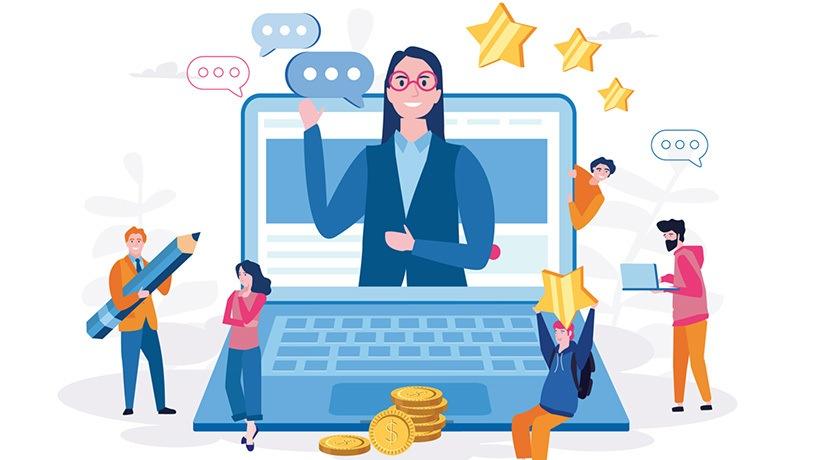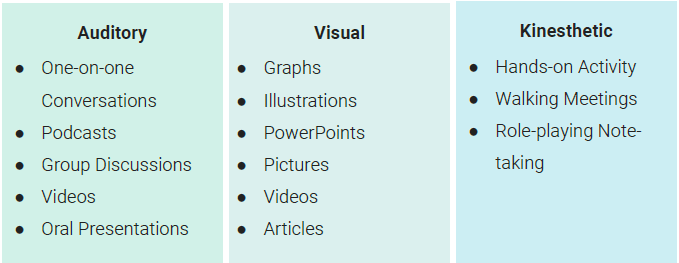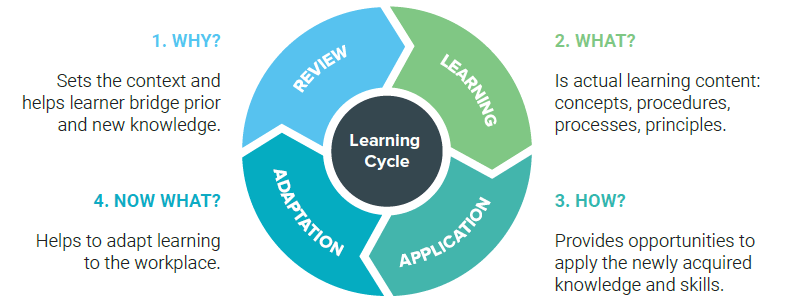Part one of the Instructional Design for Coaches 101 Series

The Basics of eCoaching
It used to be, the only methods used to deliver training and coaching were the traditional “classroom” sessions delivered by a qualified instructor/coach.
At the beginning of my career, I traveled to client locations to deliver in-person training. That took a lot of time, miles, and gas! Not to mention lugging around tons (literally) printed materials, staying late to answer questions, and on and on!
Since the early 1990s, eLearning has come a long way! Nowadays, coaches are tasked with developing coaching programs that deliver the necessary knowledge in an online setting. (Thank you COVID-19 restrictions!)
Besides helping your clients achieve “XX” result, your 2 main goals of ecoaching are to get your clients to engage with the program and to keep them in the program.
Online coaching programs grounded in the principles of instructional design and adult learning will meet those goals. To understand these principles, you must understand how people learn.
Principles of Learning
Dictionary.com defines learning as “the act or process of acquiring knowledge or skill”. Your job as a coach is to facilitate that learning through your programs.
The science and art of helping people to learn is called andragogy. There are 6 learning principles that, if applied correctly, will help your clients achieve the end result of your program.
Learning Principle | How to Apply | |
| 1 | They need to know WHY they need to learn “xxx”. |
|
| 2 | Incorporate self-direction. | Give them the freedom to navigate freely through the program without restriction. Involve them in the process. |
| 3 | Adults have a greater volume and quality of experience. | Incorporate their existing experiences and knowledge in the program. |
| 4 | Adults become ready to learn when they experience a need to be able to do something better. | Make it perfectly clear how your program will help them. |
| 5 | Adults enter a learning experience with a problem-centered orientation. | Design your program to solve a specific problem or skillset. |
| 6 | Adults are motivated to learn through internal and external motivators. | Motivate your clients through scores, points, badges, certificates, and quick-win notifications*. |
Learning Styles
There are three different learning styles you’ll need to incorporate into your online coaching programs: auditory, visual, and kinesthetic.

4 Phases of Learning
For your coaching program to be effective, it should include the 4 Phases of Learning: review, learning, application, and adaptation.

Stay tuned for Part Two of Instructional Design for Coaches 101 Series: eCoaching Standards
